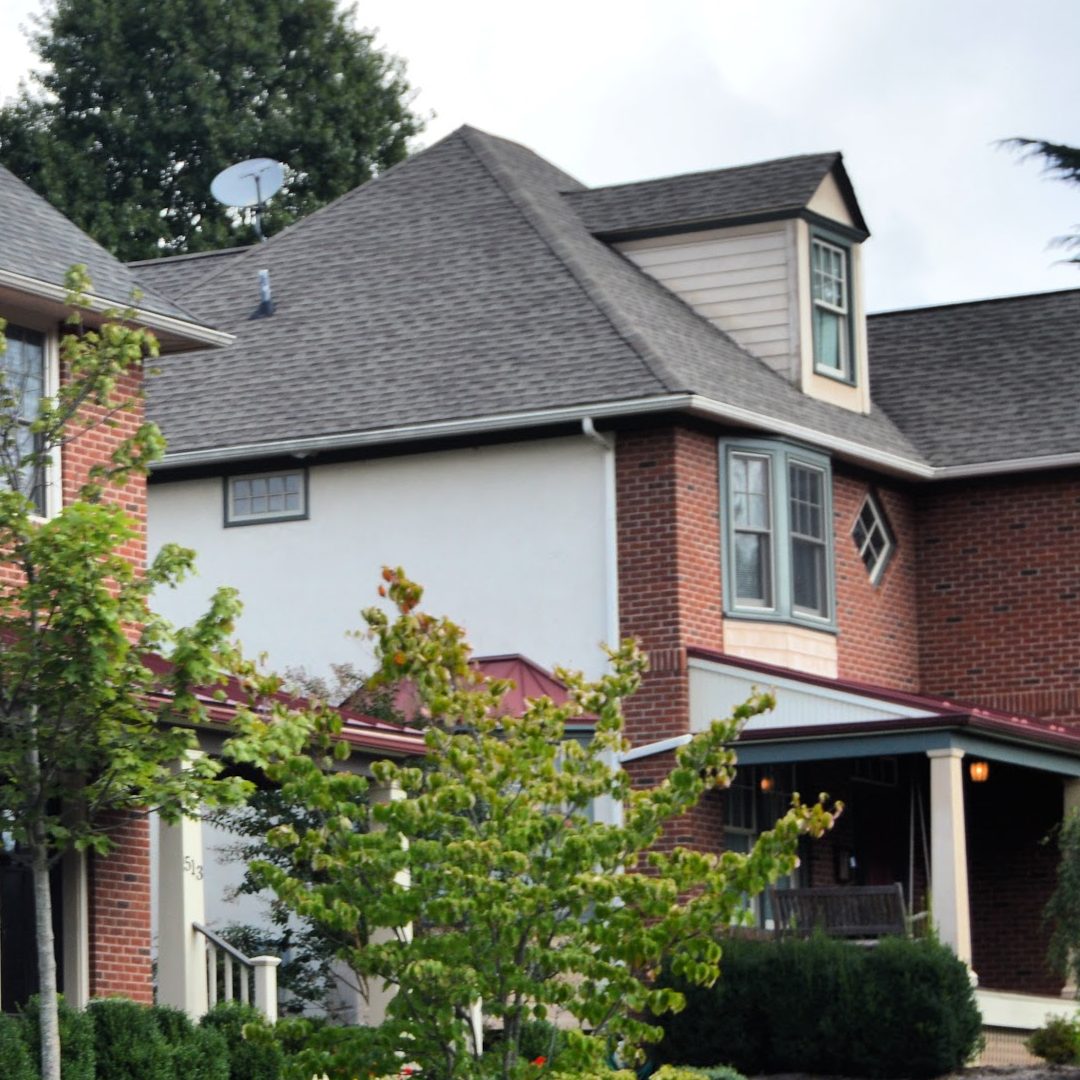The Impact of Local Building Restrictions on Housing Inventory in Chester County
Chester County is known for its scenic landscapes, vibrant communities, and strong local economy. However, as more people seek to call this area home, a growing concern is emerging—limited housing inventory. One of the key factors influencing this shortage is the presence of local building restrictions, which, while designed to preserve the county’s character and environmental integrity, are also making it more difficult to meet housing demand.
Zoning Laws and Density Limits
Many townships in Chester County have strict zoning regulations that dictate lot sizes, building heights, and residential density. While these rules help maintain the suburban and rural feel that so many residents cherish, they also restrict the ability to build a diverse range of housing types. Large lot-size requirements, for example, make it challenging to construct townhomes, duplexes, or multi-family developments, which are often more affordable for first-time homebuyers and downsizing seniors.
The Challenge of Development Approvals
Beyond zoning, the process of obtaining building permits and development approvals can be lengthy and expensive. Many municipalities have extensive review processes that require multiple rounds of approvals, public hearings, and environmental impact studies. While these steps are essential to responsible growth, they can delay new housing projects for years, further exacerbating inventory shortages.
Affordability and the Missing Middle Housing
Due to these restrictions, Chester County faces a lack of “missing middle” housing—options like townhouses, small apartment buildings, and cottage clusters that provide affordable alternatives to traditional single-family homes. With rising home prices and increased demand, many young professionals, families, and retirees are struggling to find suitable housing within their budget.
Balancing Growth and Preservation
Of course, the intent behind these restrictions is not to stifle development but to protect Chester County’s open spaces, historical sites, and overall quality of life. Striking the right balance between responsible growth and housing accessibility is a challenge that requires collaboration between local government officials, developers, and community members.
Moving Forward
To address the inventory shortage, municipalities could consider strategies such as relaxing some density restrictions, expediting permit approvals for developments that include affordable housing, and encouraging mixed-use zoning that allows residential and commercial spaces to coexist.
Chester County’s appeal is undeniable, but without a concerted effort to adapt to changing housing needs, many prospective homeowners may be priced out. Thoughtful planning and policy adjustments can ensure that the county remains both desirable and accessible for future generations.
Conclusion
The conversation around local building restrictions and housing inventory is an important one for Chester County. By fostering a dialogue among stakeholders and exploring smart growth solutions, the region can continue to thrive while ensuring that housing remains attainable for all who wish to call it home.

 Facebook
Facebook
 X
X
 Pinterest
Pinterest
 Copy Link
Copy Link



